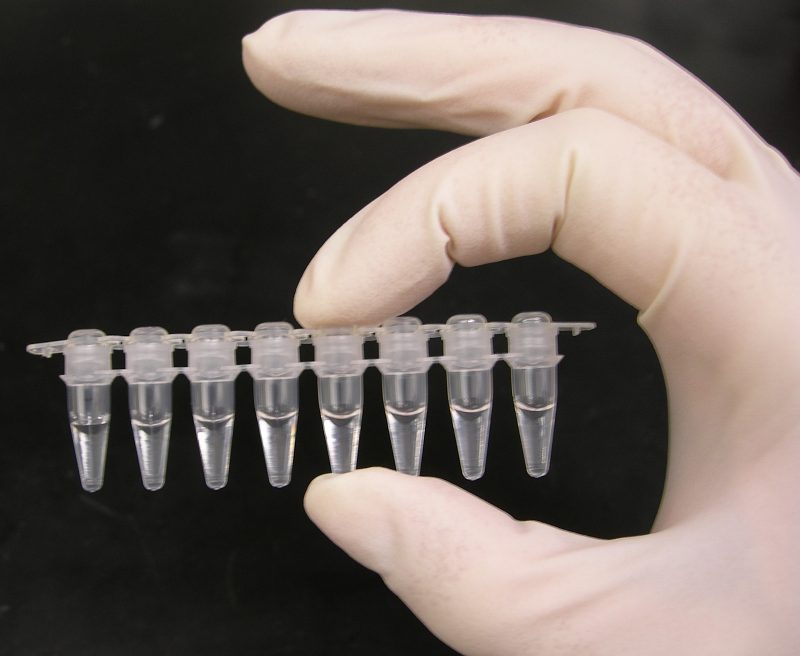US Regulators Recommend “Codevelopment” Approach for IVD Companion Dx Products
有任何问题?向我们的专家获取相关信息
联系我们2016年 7月 27日
The US Food and Drug Administration is recommending steps for both manufacturers and its own staff regarding contemporaneous market authorization for therapeutic products and IVD companion diagnostics.
 In new draft guidance, the agency notes that “codevelopment” of therapeutic products along with IVD companion diagnostics is necessary to “facilitate innovation in precision medicine;” codevelopment as the FDA defines the term encompasses principles for product development, market authorization as well as clinical trial planning. Typically, a therapeutic product that requires an IVD device to perform safely and effectively will not receive premarket authorization if that IVD either hasn’t already obtained FDA clearance or approval, or if the IVD has not also been submitted for contemporaneous premarket review.
In new draft guidance, the agency notes that “codevelopment” of therapeutic products along with IVD companion diagnostics is necessary to “facilitate innovation in precision medicine;” codevelopment as the FDA defines the term encompasses principles for product development, market authorization as well as clinical trial planning. Typically, a therapeutic product that requires an IVD device to perform safely and effectively will not receive premarket authorization if that IVD either hasn’t already obtained FDA clearance or approval, or if the IVD has not also been submitted for contemporaneous premarket review.
General recommendations for codevelopment
“Therapeutic products and IVDs typically are developed on different schedules, are subject to different regulatory requirements, and have different points of interaction with the appropriate review centers at FDA,” notes the guidance. “The merging of the two development processes to facilitate the contemporaneous marketing authorization of a therapeutic product and its corresponding IVD companion diagnostic requires that the sponsors of both products have a general understanding of both processes.”
Given the substantially different premarket review pathways for therapeutic products and IVDs, the FDA recommends that manufacturers take advantage of Pre-Submission or Pre-Sub meetings with review staff at either the Center for Devices and Radiological Health (CDRH) or Center for Biologics Evaluation Research (CBER) for IVD companion diagnostics, as well as Pre-Sub meetings with Center for Drug Evaluation and Research (CDER) staff for therapeutic products.
“In either scenario, the review centers will typically consult one another to ensure coordinated review,” states the guidance.
Clinical considerations
Codevelopment of therapeutic products IVD companion diagnostics also involves additional considerations and requirements in instances where clinical trials are necessary for premarket authorization.
The guidance covers several issues manufacturers and sponsors should address when undertaking clinical investigations, including:
- Meeting Investigational Device Exemption (IDE) and/or Investigational New Drug (IND) requirements for therapeutic products and/or IVD companion diagnostics undergoing codevelopment clinical trials
- Conducting risk assessments of investigational IVDs for study subjects
- Determining whether an IVD qualifies as a significant or non-significant risk investigational IVD
- Ensuring that clinical trial designs can support safety and effectiveness claims for both therapeutic products and their IVD companion diagnostics
The FDA notes that in cases where investigational IVD companion diagnostics pose significant risks to subjects, IDE applications must be submitted and approved prior to starting clinical trials for associated therapeutic products.
“Submission of IVD data to the IND will not satisfy the IDE submission requirement,” warns the guidance.
Planning contemporaneous FDA registrations
In order to obtain US market authorization for both a therapeutic product and its IVD companion diagnostic at the same time, the FDA recommends that manufacturers bear in mind potentially significant differences in review timelines for drugs or biologics versus IVDs.
The guidance explains various methods for managing timelines, such as:
- Modular PMA: allows registrants to submit sections of their PMA applications as they are completed rather than all at once
- Premarket review submissions: in cases where approved IVDs are to be used for different target populations or therapeutics than those for which they are authorized, manufacturers may submit PMA supplements for devices’ new intended uses
- Letters of authorization: therapeutic and IVD sponsors (if two separate parties) can provide letters of authorization allowing each party to refer to one another’s market applications to support clearance or approval
Manufacturers should consult the guidance directly to determine how best to utilize the FDA’s codevelopment recommendations.